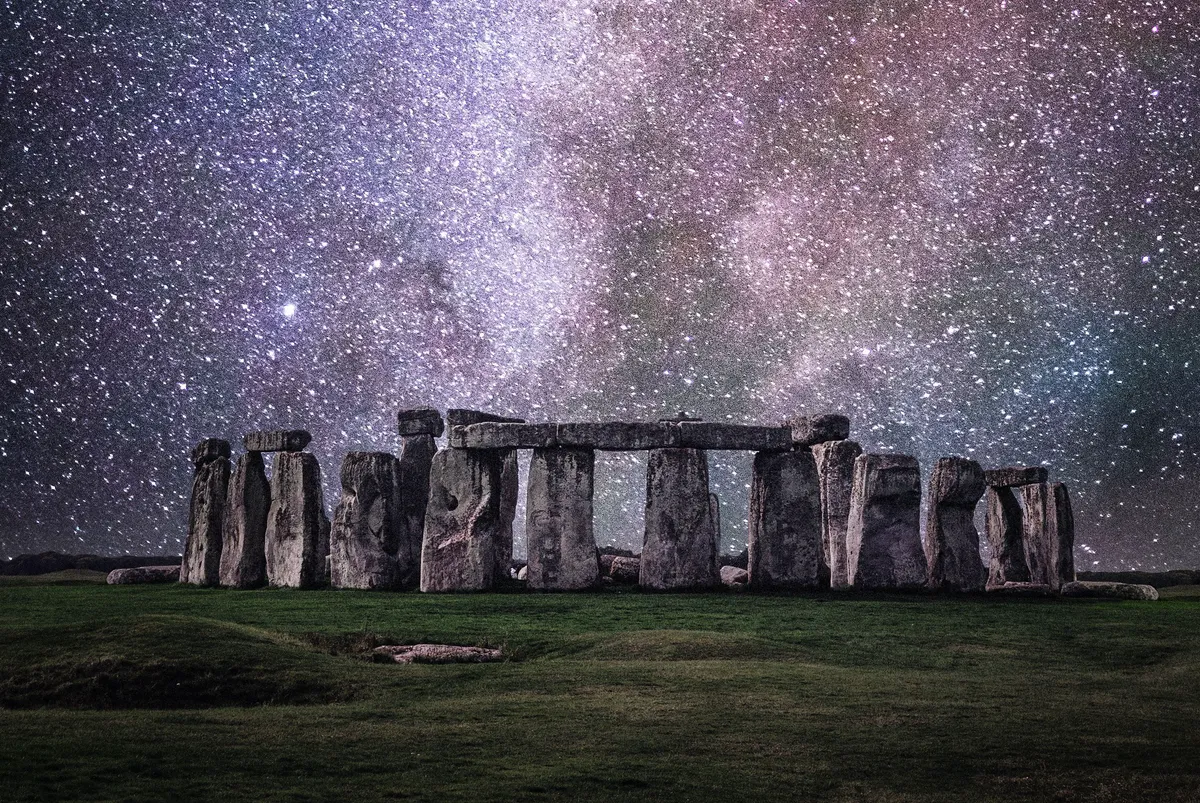Among the world’s most instantly recognisable sites, Stonehenge is one of those rare places that truly merits being described as ‘iconic’.
Beneath the wide-open skies of Salisbury Plain, the outer ring of sarsen stones – some joined by immense lintels – is an extraordinary site.
Throw into that the element of mystery – famously, no one knows who the builders were or how they managed to transport the gargantuan stones from the Preseli Mountains in south-west Wales – and you’re on to photographic gold.
- 11 best stone circle sites to visit in the UK
- Summer solstice: when is the longest day of the year?
- Winter solstice 2023: when it is?
The UNESCO World Heritage Site receives 1.6m visitors annually, so expect company. However, one night a year you can get a close-up view of the monoliths: at the Summer Solstice, visitors (for many of whom the site has a religious significance) are allowed inside the sacred stone circle.

The environmentally disastrous A303 tunnel under the site has just been approved by the Transport Secretary in the teeth of much opposition, so visit now before the diggers ruin the background.
While you’ve got your camera out, the stone circle at Avebury, which is also part of the World Heritage Site, can make for some amazingly atmospheric shots, particularly at sunrise or when swathed in a cloak of mist.

Also nearby: The area covers 10 square miles and includes many different monuments including Woodhenge. The site was discovered from aerial photographs taken in 1925.
Stonehenge is open from 9.30–5 daily.
Discover more stone circles in Britain:

